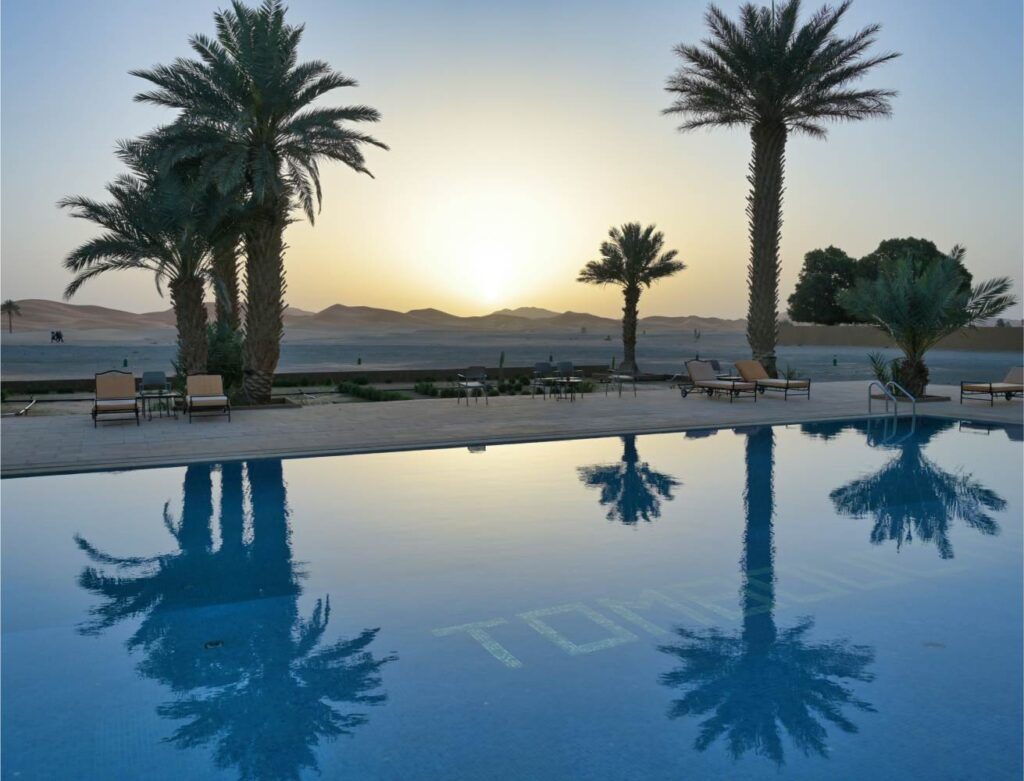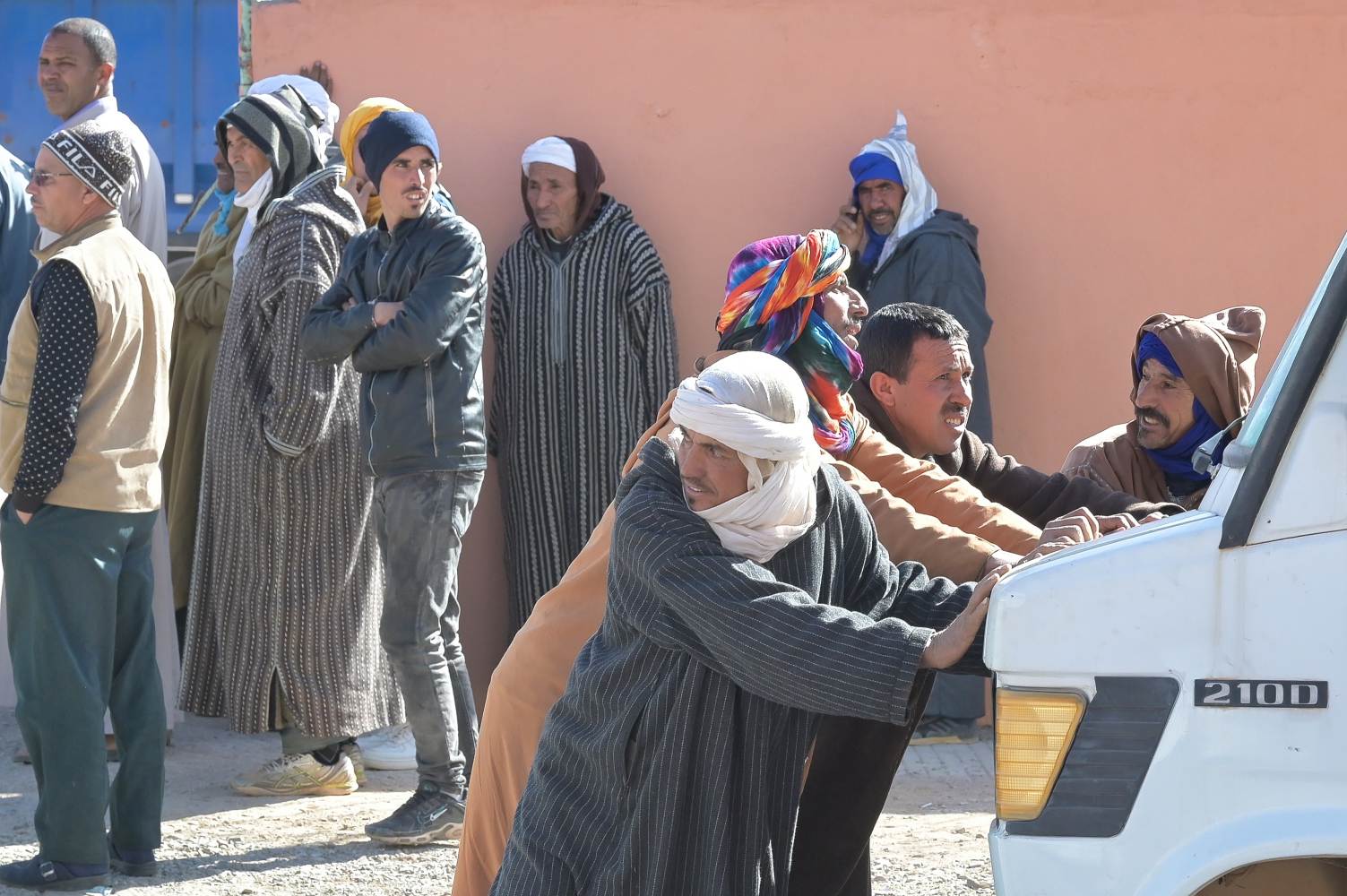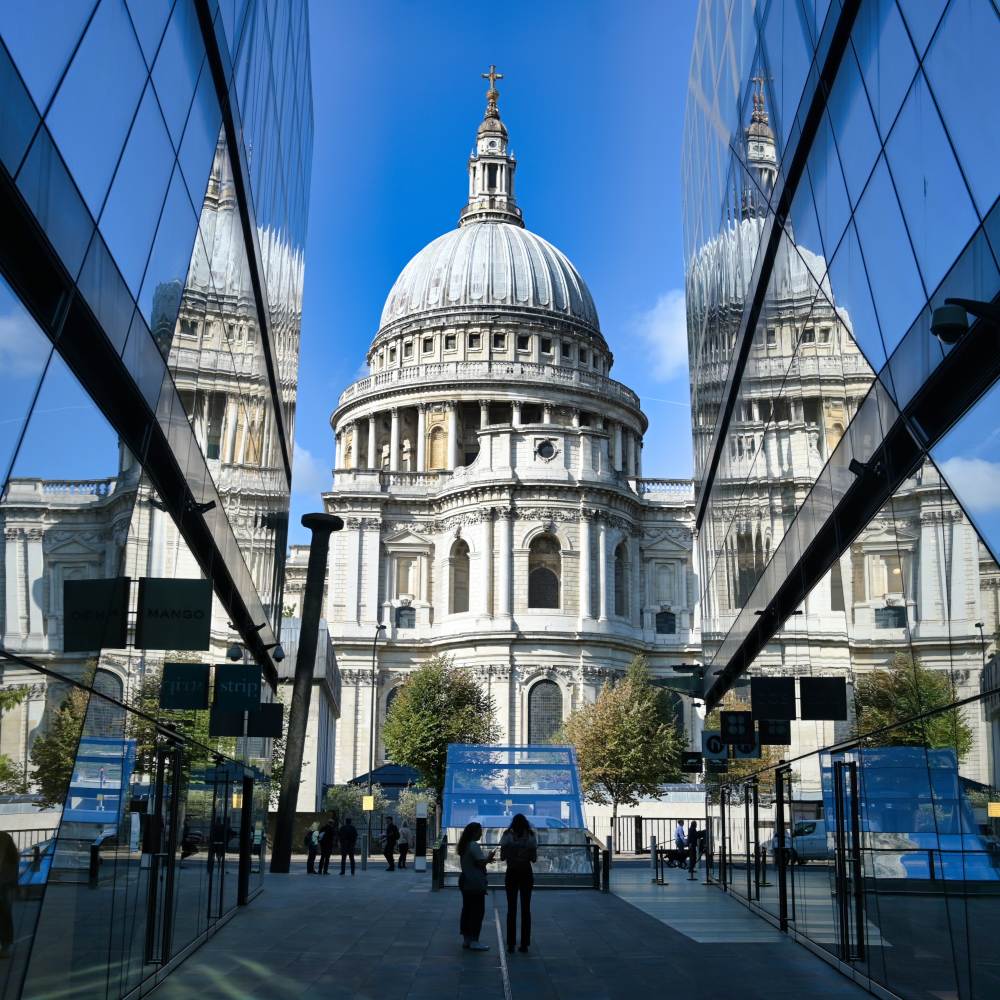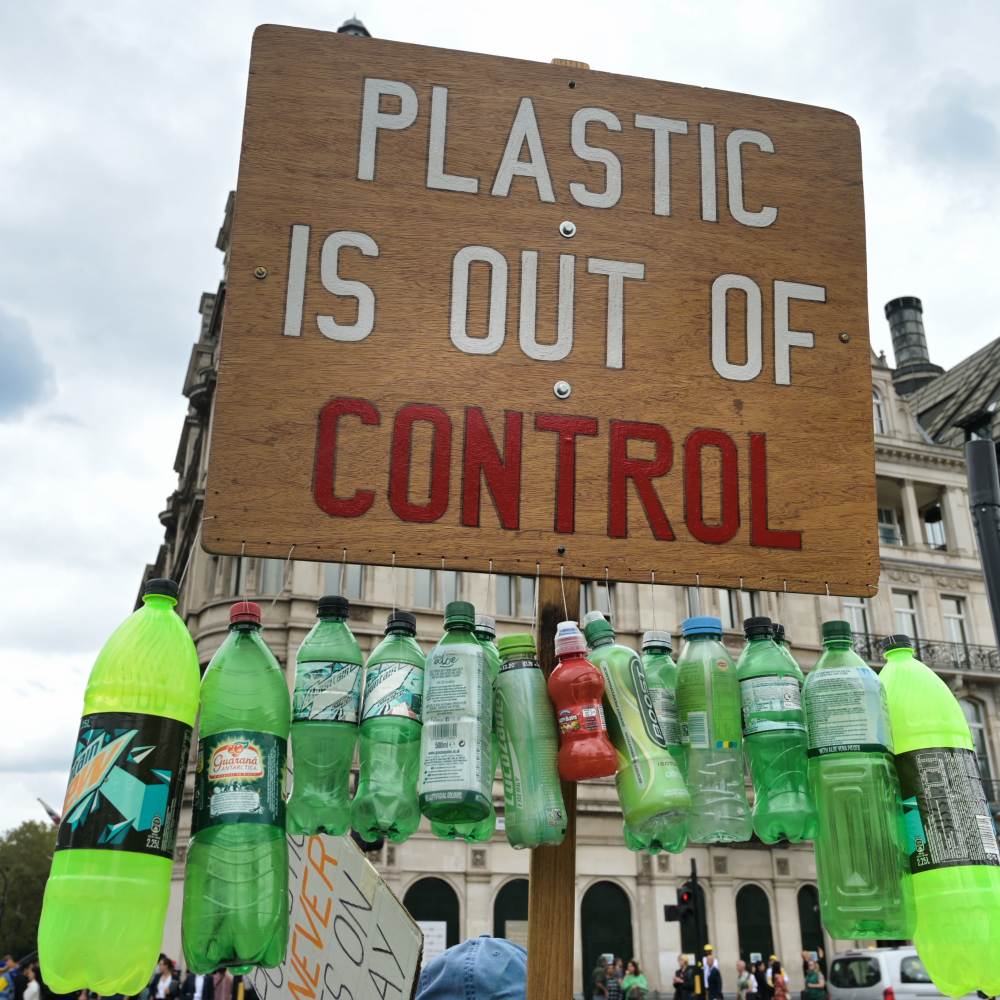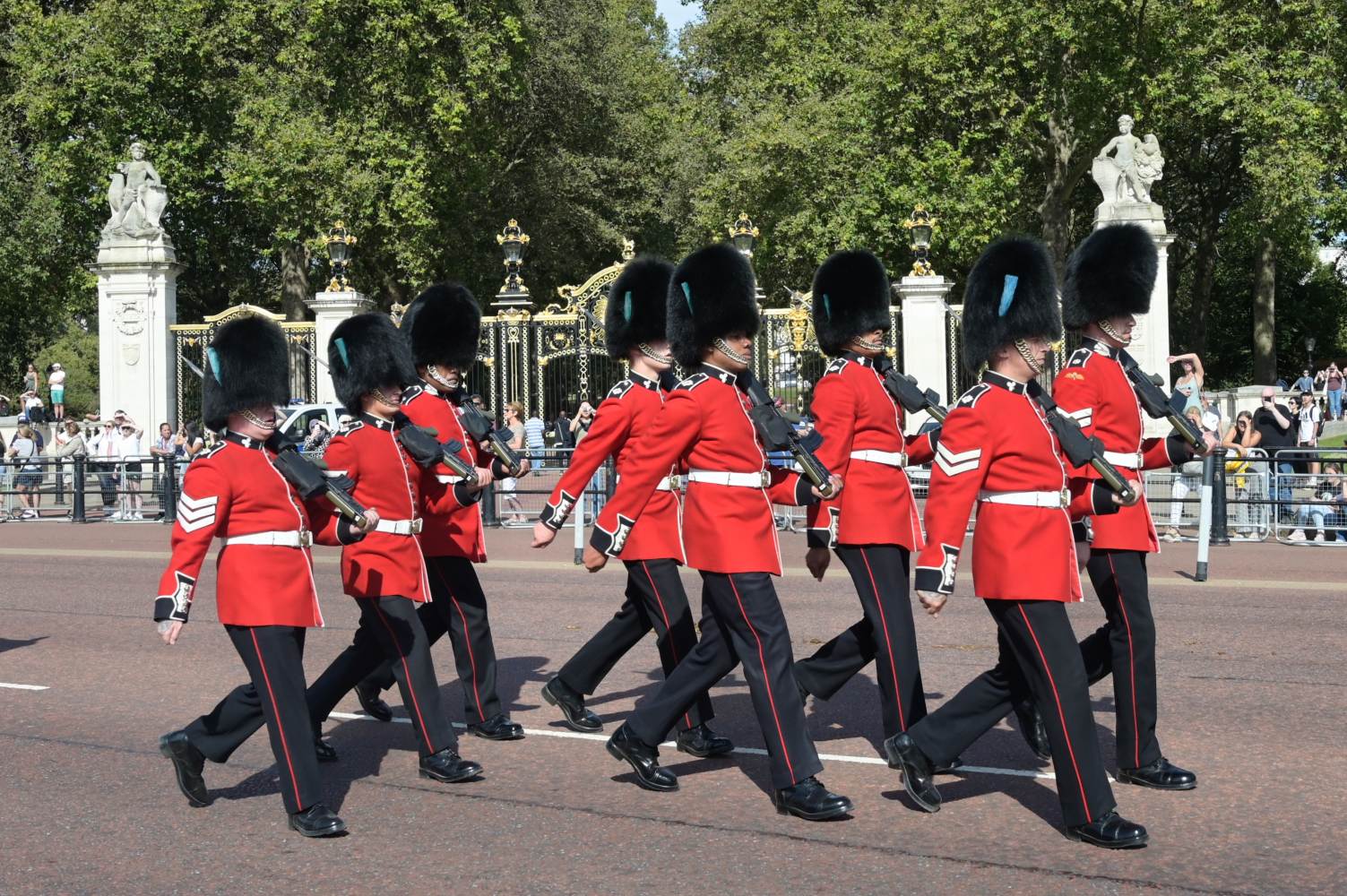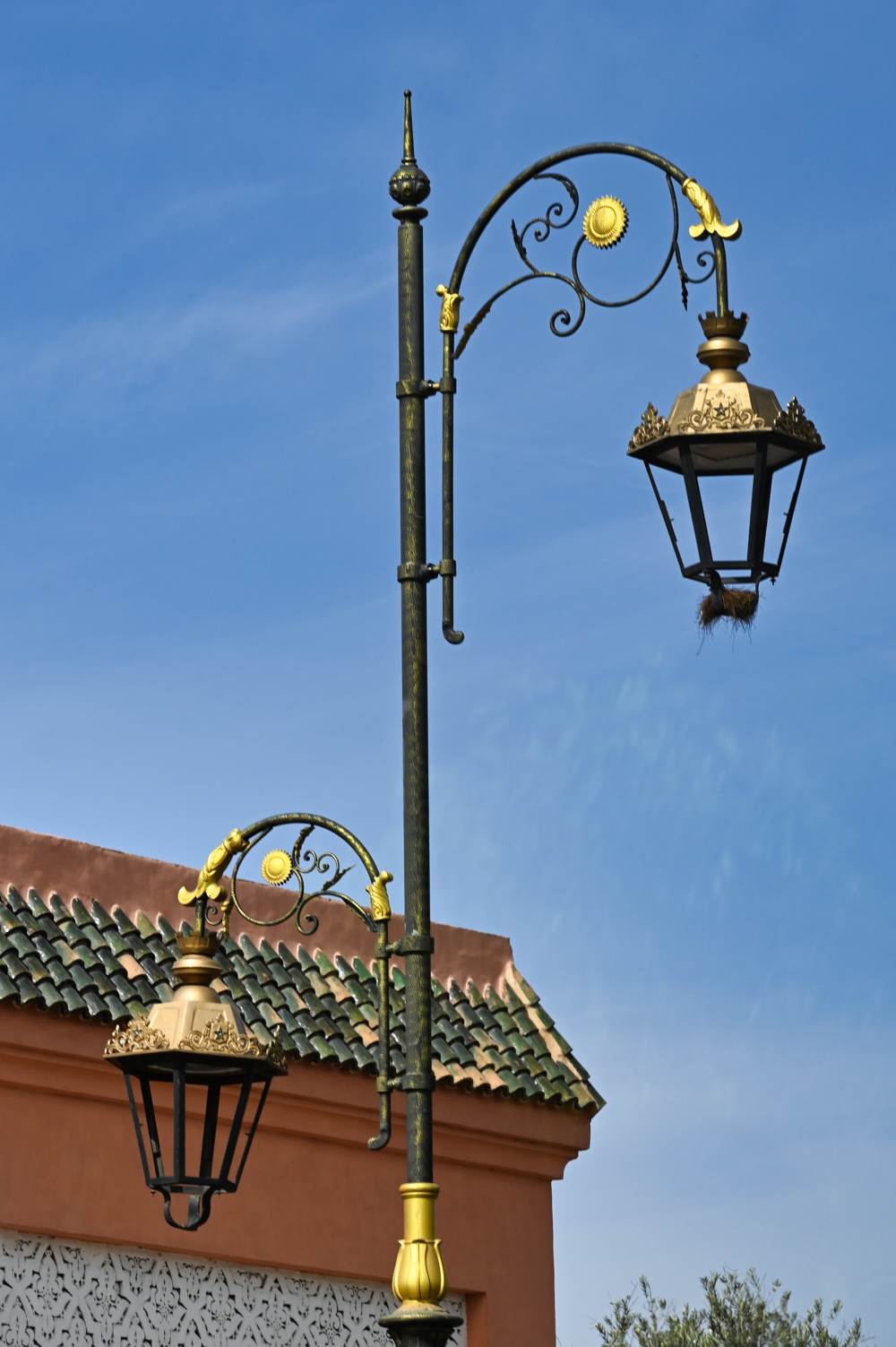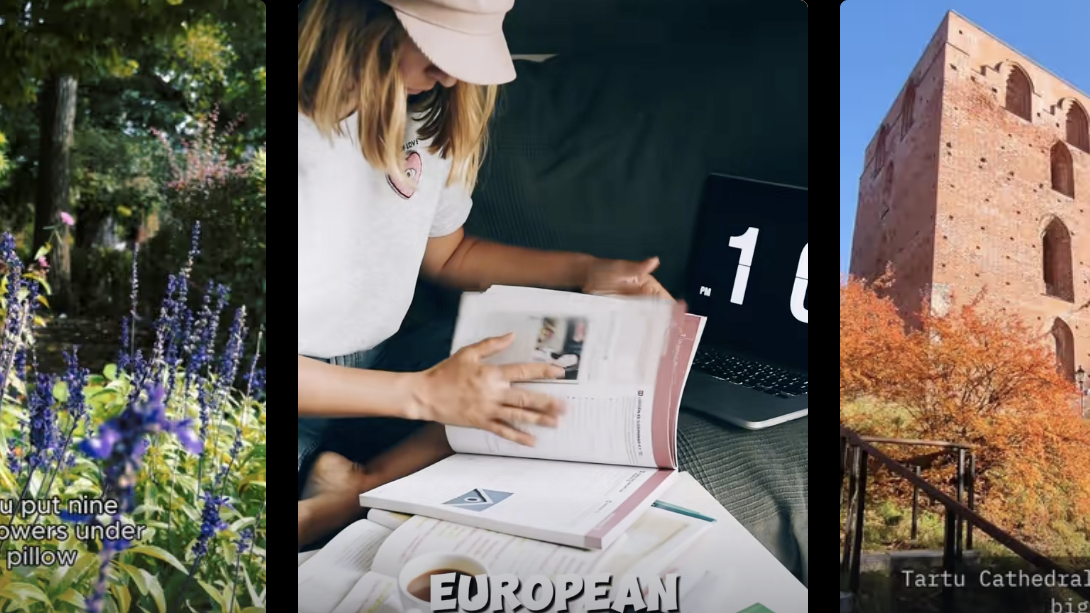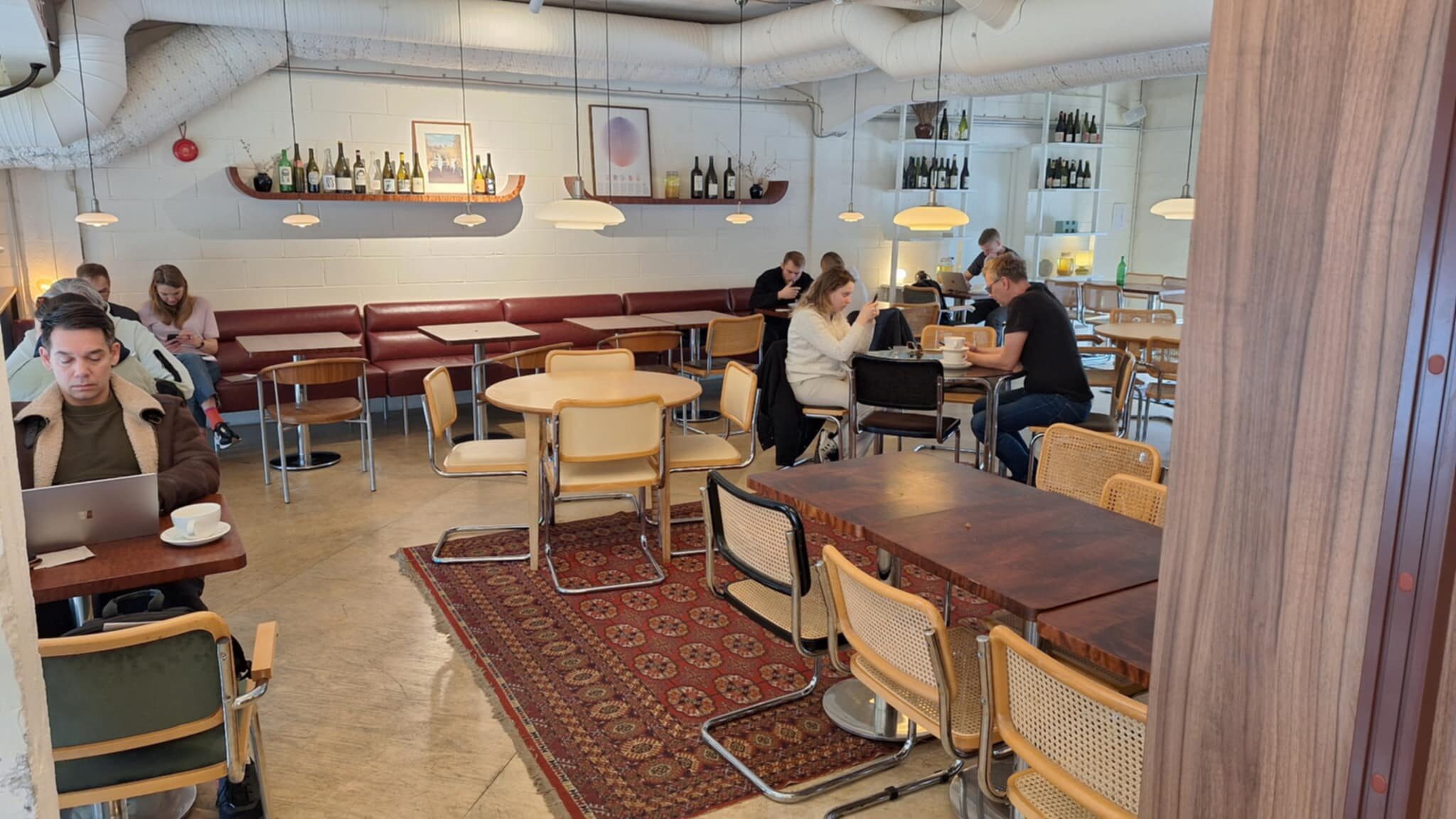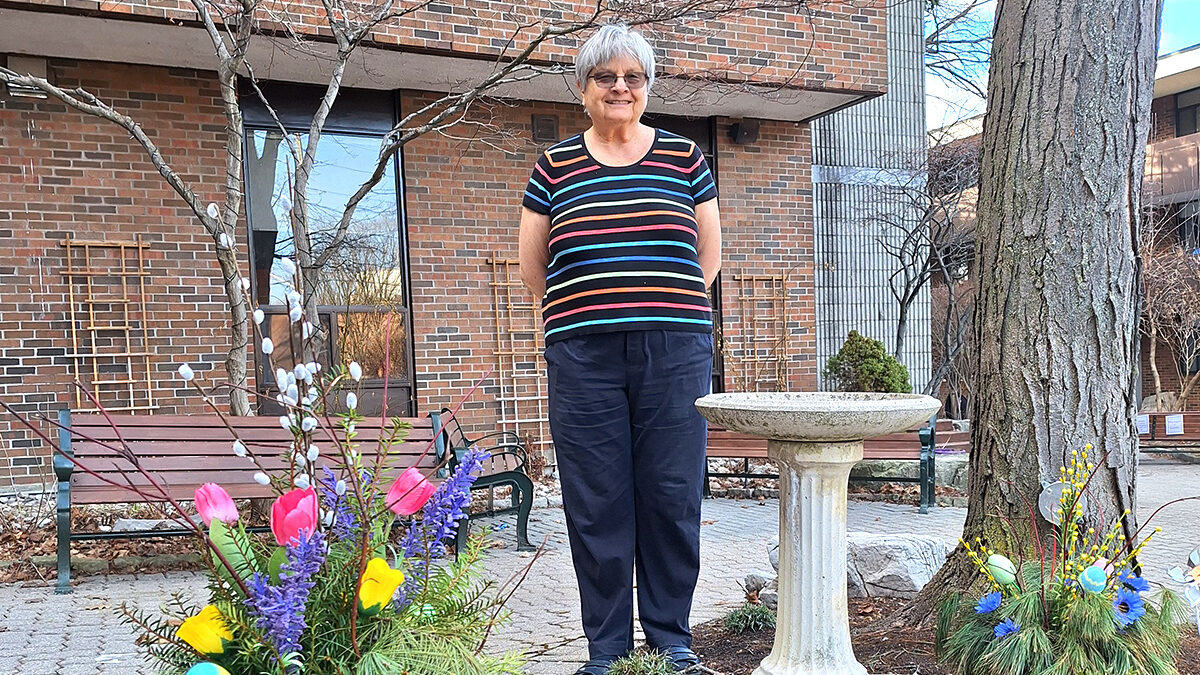Let’s start with gear. Fortunately, any kind of camera will be fine, but it must always be with you! Therefore, smartphones are ideal. My travel gear also includes a mirrorless camera with a 24-120 mm lens because of its relatively small size and versatility. However, if your travel plans include a special interest, such as wildlife photography, suitable longer lenses will also be needed. Fortunately, with digital photography, you can take lots of photos while travelling as there will be time later to review and keep the ones you really like.
Before you travel, research your destination. An internet search of “things to see” is a good way to start. YouTube videos of a location are also useful and will often provide insights into good photography locations. You may also discover information about special events that are taking place during your stay, such as local festivals.
If travelling with first-timers such as young children, a photo to capture that special occasion is worth considering.
As you start your journey, don’t forget to take photos of your luggage and your passport, just in case. On the plane, I usually take a photo of the on-screen map to the destination. If travelling with first-timers such as young children, a photo to capture that special occasion is worth considering.
Family and friends are important subjects in travel photography, but they may not need to be in every photo. I am personally not fond of selfies and would rather have another person take a photo if I need to be in it. I can also use a timer on my camera. There are many ways to include family in travel photos so that they serve the dual purpose of showing that they were there as well as being positioned with location signs, at scenic sites or while enjoying a memorable meal.
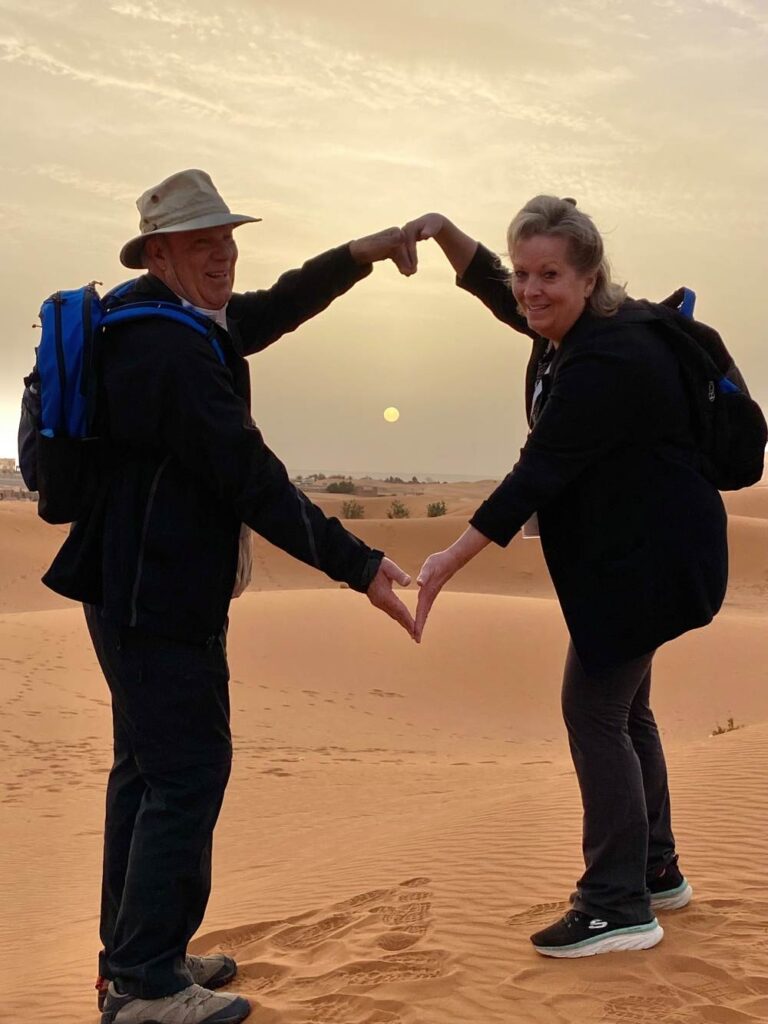
The deliberate inclusion of family or unrelated people in photos can be very useful to provide perspective. How tall was that painting in the hall, for example?
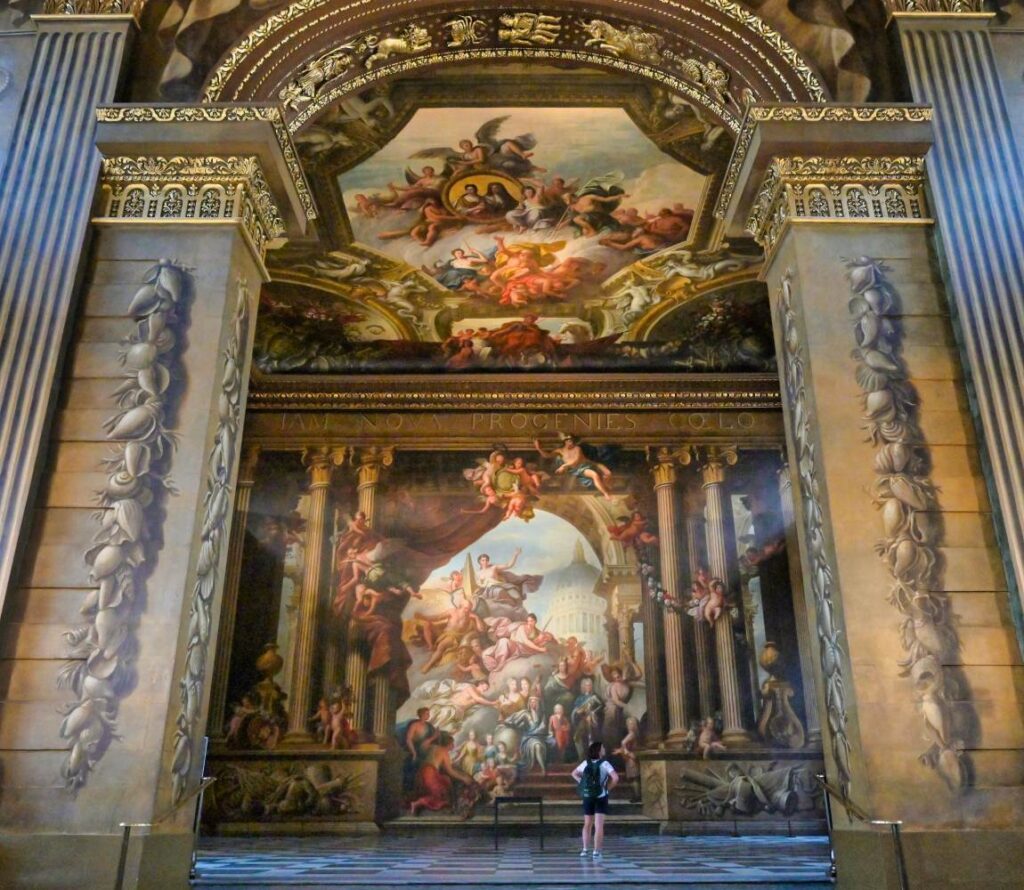
In public spaces, no special permission is required if people happen to be in a photo. However, caution must be exercised when taking close-ups of people. In many cities, colourfully dressed locals in tourist hot spots may ultimately demand money. It’s best to ask for permission if you want to photograph locals. Taking photos of artists or artisans at work can be facilitated by a small tip or the purchase of their work. Capturing locals doing everyday activities can add a special dimension to your travel photos but care must be taken.
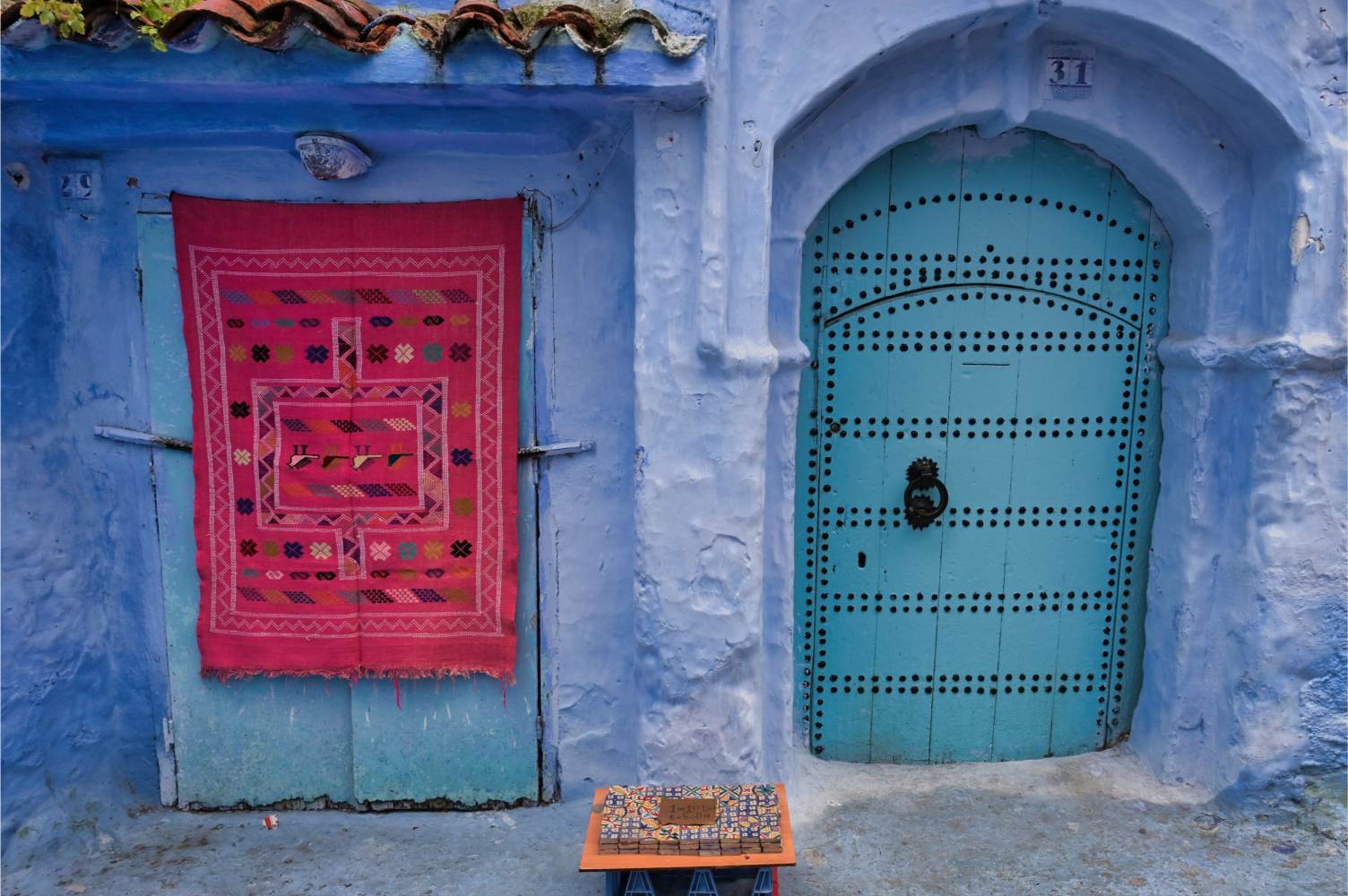
Photo gallery
Photos by Peeter Põldre
Upon arrival, don’t forget to take photos of location signs, including town names and hotels, as they provide a great way to remember details that may seem obvious at the time but can quickly become distant memories.
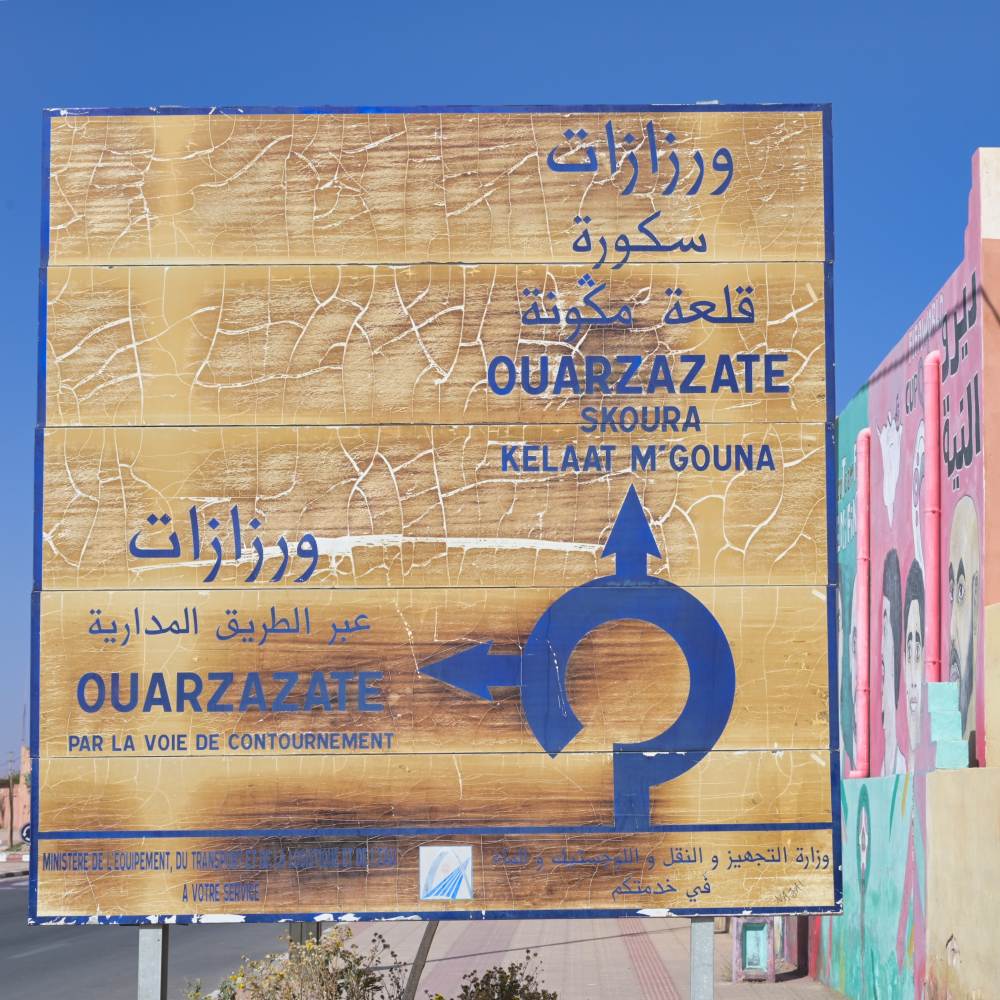
Based on your pre-trip research, there will be scenic locations on your “must-see” list. What time of day would be best? Early morning or late afternoon (the so-called “golden hours” for photography) may provide images that are more impactful than mid-day photos.
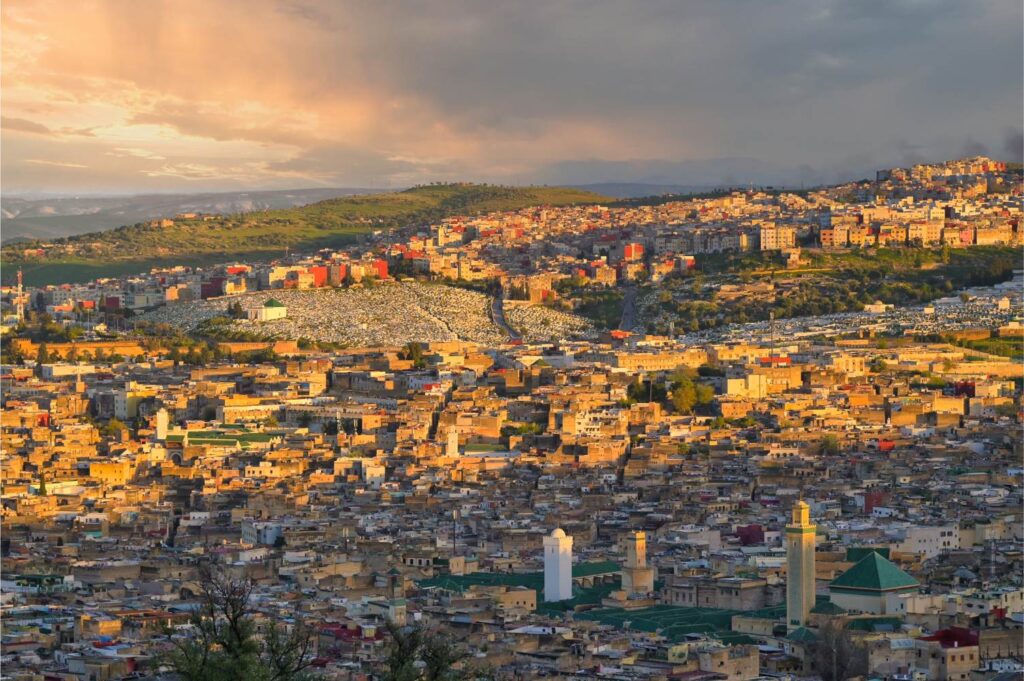
At extremes of the day, it may also be less crowded with other visitors. Is there a special location, such as a higher vantage point, that will reward you with a unique view? Such locations may be ideal for panoramic views, for which smartphones are well-equipped. If your time at a location is brief, consider a hop-on-hop-off bus tour if one is available. The view from the top deck can capture many sites of interest from a different angle. When on a moving bus, car, or train, increase the shutter speed of your camera to minimize blurring caused by the vehicle’s movement.
Individual tastes in travel photography will vary but the following are some of my favourite subjects: colourful gates, doors, and windows; unusual streetlamps; important monuments; religious buildings; interesting store or restaurant signs; local food stalls and markets; artists (including dancers and musicians); artisans at work; flavourful meals; and local festivals. Looking for reflections (from windows, mirrors, bodies of water) can add a unique perspective to a scene.
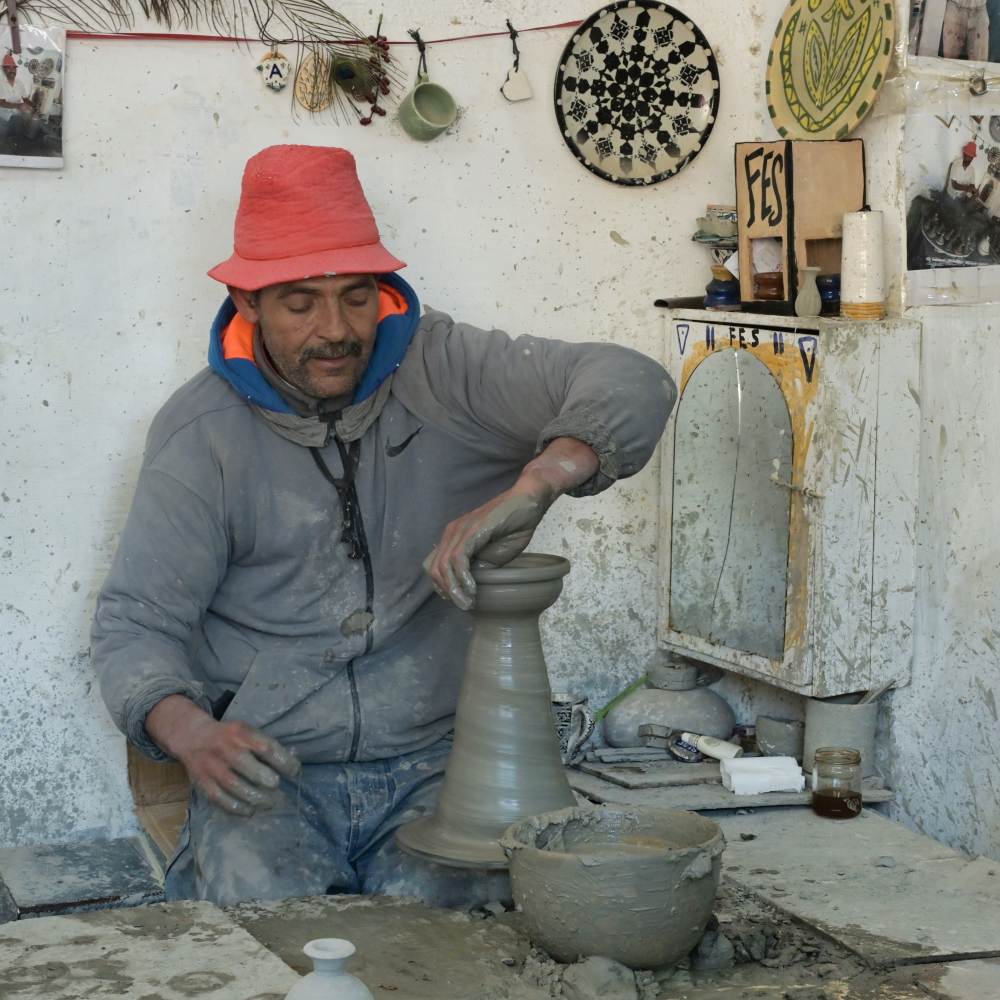
Less than perfect weather should not ruin efforts at photography. Snow, rain (not to mention colourful umbrellas), and fog can create special photo opportunities. For example, puddles can be a source of reflections, and rain-soaked wet surfaces can actually brighten an evening scene. I will often use a smartphone during inclement weather as it is more water-resistant than my camera.
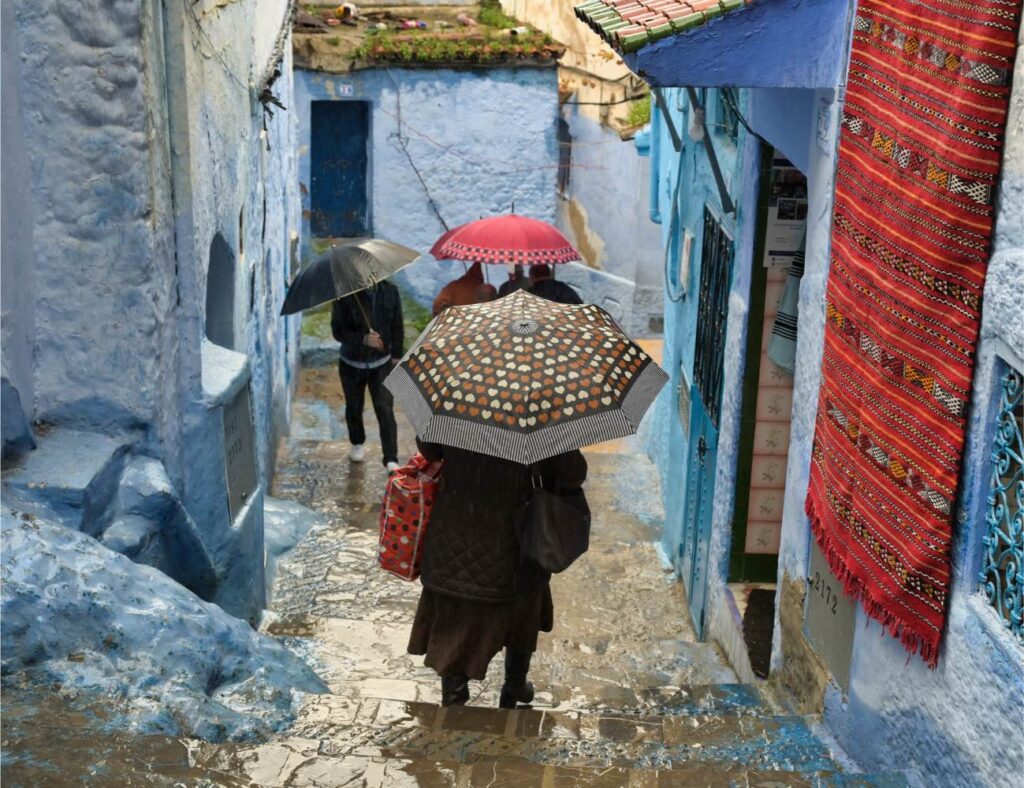
Back home, have a plan for reviewing and organizing your travel photos. Consider creating a folder with your “keepers.” If you have used only one camera, the photos will be in chronological order. Since I use both a smartphone and a mirrorless camera, I create a PowerPoint slide show of my travels. That allows me to sequence the photos properly and to add text to certain slides that will help to recall the memories that will last a lifetime.
